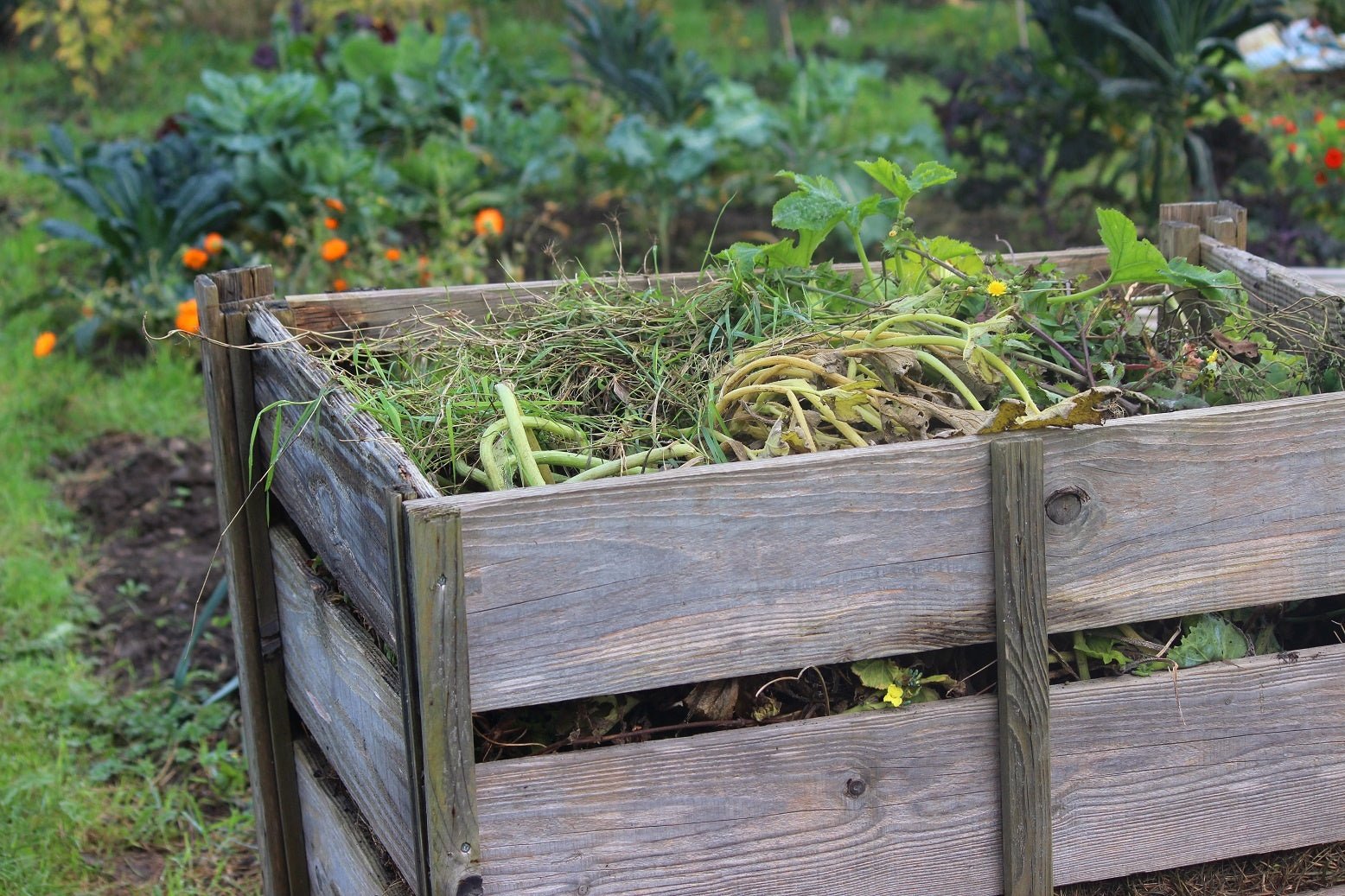
A Complete Guide To Composting
Unless you have the greenest of thumbs, chances are that your composting knowledge is pretty elementary. I remember growing up with a compost bin under the sink. At the time, I thought that the putrid smell was gross, a combination of eggshells and coffee grinds, which are about the worst smells to a kid who hated eggs and coffee. Now I admire my mother’s eco-savvy and I desire to move beyond recycling know-how into composting expertise. After all, food and yard waste makes up almost 50% of what we throw away!
n
Tags:
Unless you have the greenest of thumbs, chances are that your composting knowledge is pretty elementary. I remember growing up with a compost bin under the sink. At the time, I thought that the putrid smell was gross, a combination of eggshells and coffee grinds, which are about the worst smells to a kid who hated eggs and coffee. Now I admire my mother’s eco-savvy and I desire to move beyond recycling know-how into composting expertise. After all, food and yard waste makes up almost 50 per cent of what we throw away!  Let’s get educated.
Let’s get educated.
 Let’s get educated.
Let’s get educated.
How Does Composting Work?
Think of composting as the sourdough bread of soil. Microorganisms account for most of the decomposition, known as “chemical decomposers” because they change the chemistry of waste. Of course, critters help out (also known as macro organisms -bugs and worms) by chewing and grinding the material into smaller pieces. There are millions of aerobic bacteria in one gram of soil! The million-strong bacteria use carbon as a source of energy (to keep eating) and nitrogen to build protein to grow and reproduce. Green things are high in nitrogen, like vegetable peelings and grass. Brown things are high in carbon, like dead leaves and wood. By alternating the two colors, the aerobic bacteria get their energy by oxidizing organic material, which means that, under the right conditions, the compost heats up quickly. There’s a lot more science to it, but I don’t want to risk losing you here.Backyard Composting
If you have a house or a yard, or considerable space, here is your plan:- Choose a bin. There are a ton of them online, and many that won’t detract from the look of your backyard. You can even DIY if you are handy.
- Place your bin in a location that is shaded and has good water drainage.
- Layer the brown and the green (read above for more) 50-50 and keep it moist, not wet.
- Stir it to keep the temperature up. To test the temperature, you can use a meat thermometer. 120-170 degrees Fahrenheit is what you are looking for.
- When the heat stops, you are done. It should look like dirt with no food waste remaining. You can also “age” it for 2-3 months which will be even better for your garden or lawn, according to David Suzuki.
Small Space Composting
What if you don’t have a yard or you are limited in square feet? In Canada, we are extremely lucky with our Green Bins, which collect organic waste to turn into compost (and have been improved with animal resistant latches for those nimble raccoons). There is a list of what goes in the green bin on websites for your specific province. To keep scraps in your kitchen, they have mini composters, which look a little like Crock Pots. Some brave souls even put worms in these composters (although let’s be honest, the worms would rather live in the garbage than on your kitchen floor). If fruit flies bother you, put your organics bowl in the fridge or freezer. Problem solved!DO…
- Add dryer lint to your compost pile Add pet hair to your compost bin. This discourages rodents.
- Use small scraps. The smaller the scraps, the faster the decomposition.
- Make compost tea (for your plants, not you!)
DON’T…
- Add grease, pasta, dairy, nuts, meat – all of these things attract rodents!
- Compost weeds with mature seeds. When you stir the compost, you will stir the weeds and spread them around.
- Start a giant composting project in your backyard without first consulting with your neighbors – it’s their air too!
- Fill your green bin with plastic bags – take the waste out of the bag or use biodegradable liners.
Would you like to be the first to hear about our new products and more? Sign up for our Nature’s Path Newsletter.








